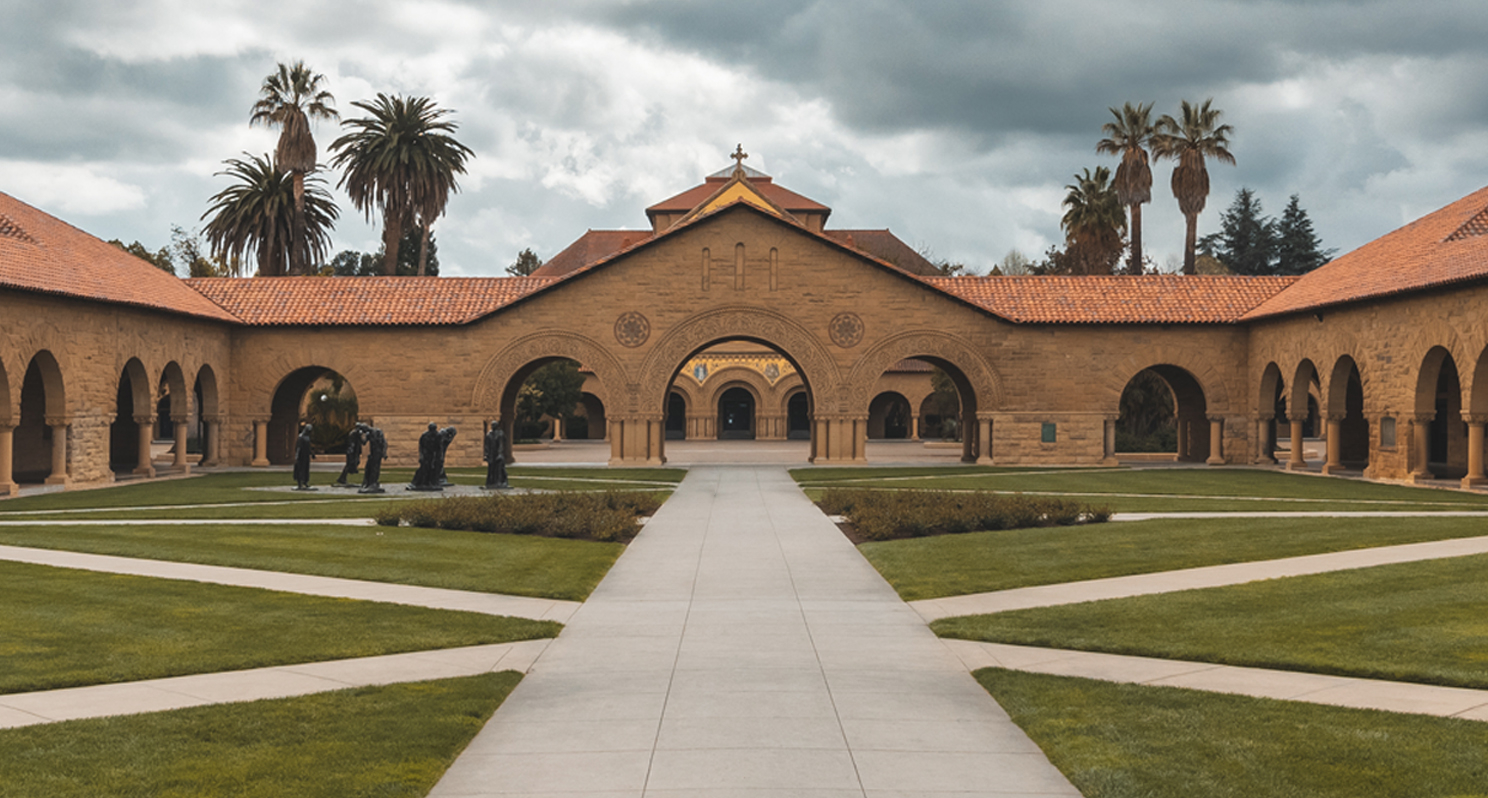Stanford University will cut 11 of its 36 varsity sports teams at the end of the 2020-21 school year “to create fiscal stability for Stanford Athletics, and to provide the support we believe is essential for our student-athletes to excel,” according to an open letter from the university’s top officials.
The programs being cut are men’s and women’s fencing, field hockey, lightweight rowing, men’s rowing, co-ed and women’s sailing, squash, synchronized swimming, men’s volleyball and wrestling, the open letter states. “All of these teams will have the opportunity to compete in their upcoming 2020-21 seasons, should the circumstances surrounding COVID-19 allow it, before they are discontinued at the varsity level,” the university said.
The 11 programs consist of more than 240 student-athletes and 22 coaches. Cumulatively, over 4,000 alumni contributed 20 national championships and 27 Olympic medals to those programs. The cuts also mean 20 support staff positions are being eliminated.
Stanford said the athletics program dealt with escalating costs and ran a deficit before th COVID-19 pandemic.
“That deficit was projected to exceed $12 million in FY21 and to grow steadily in the years ahead,” the open letter states. “The COVID-19 pandemic and associated recession have only exacerbated the gap; before these sport reductions, our revised forecasts indicated a best-case scenario of a $25 million deficit in FY21, factoring in the effects of COVID-19, and a cumulative shortfall of nearly $70 million over the next three years. These projected deficits could become much greater if the 2020-21 sports seasons are suspended or altered due to COVID-19.”
The 11 sports to be cut were decided after a review of a broad set of criteria, including sponsorship at the NCAA Division I level, local and national fan interest, potential expense savings of eliminating the sport, investments needed to maintain or elevate the sport’s achievement on a national level, impact on gender equity and Title IX compliance, and history of the sport.
Photo credit: Stanford University






